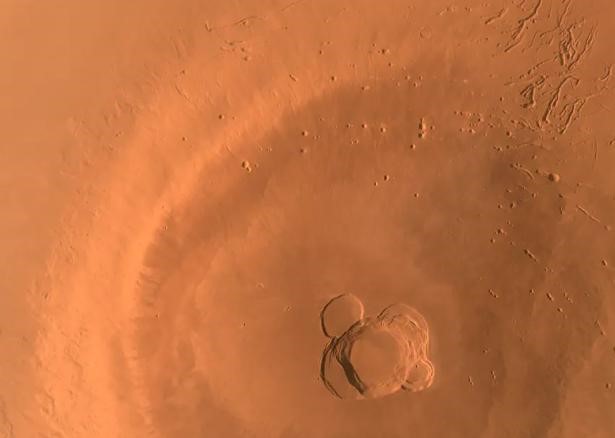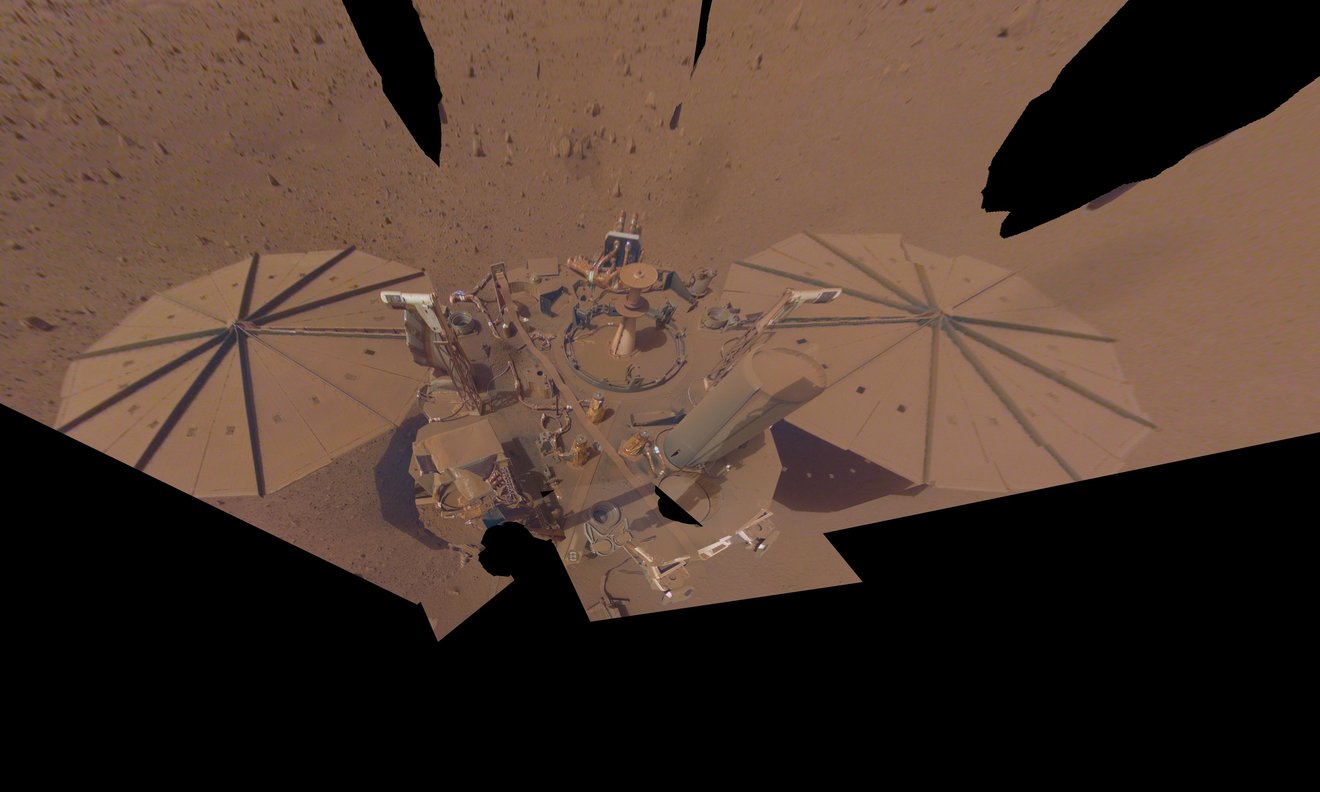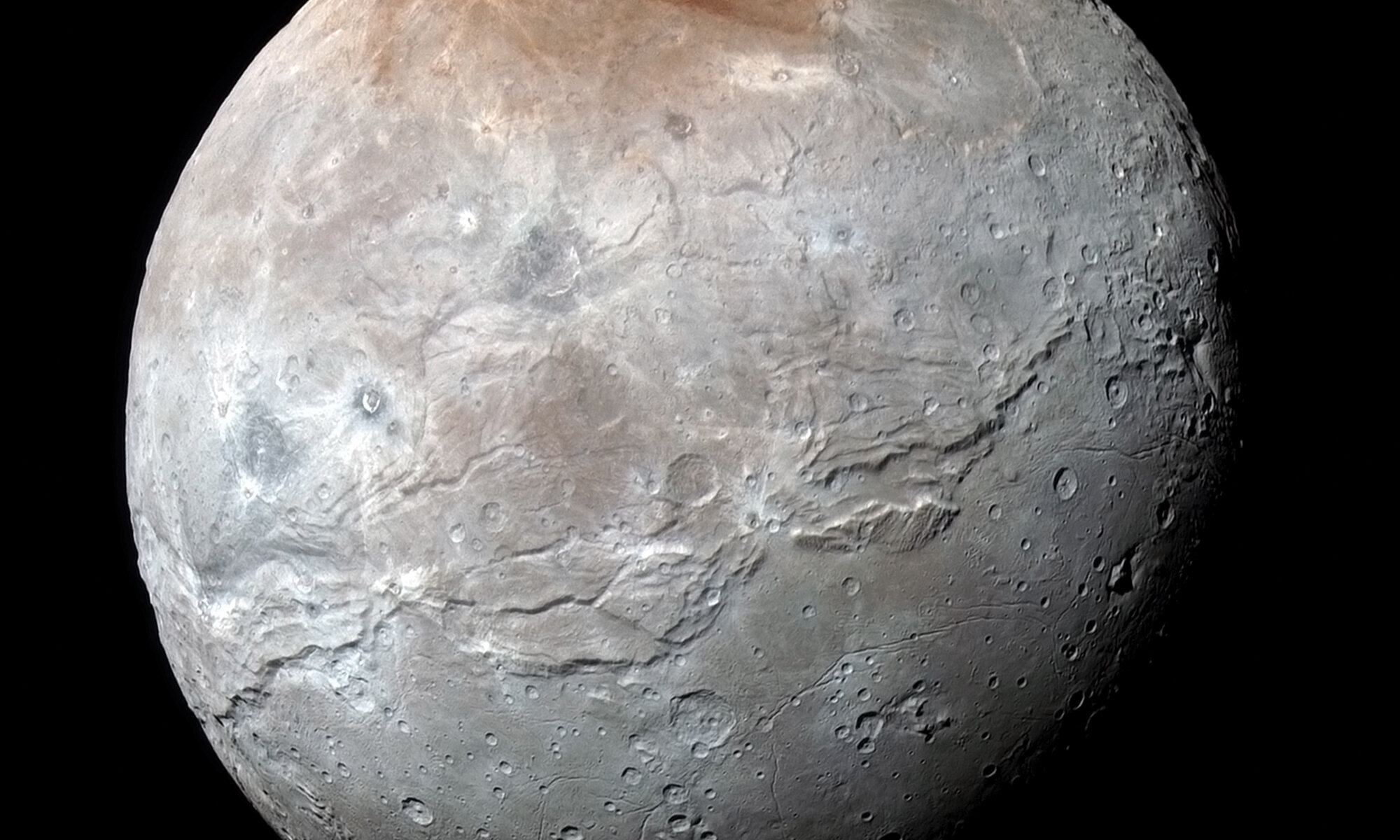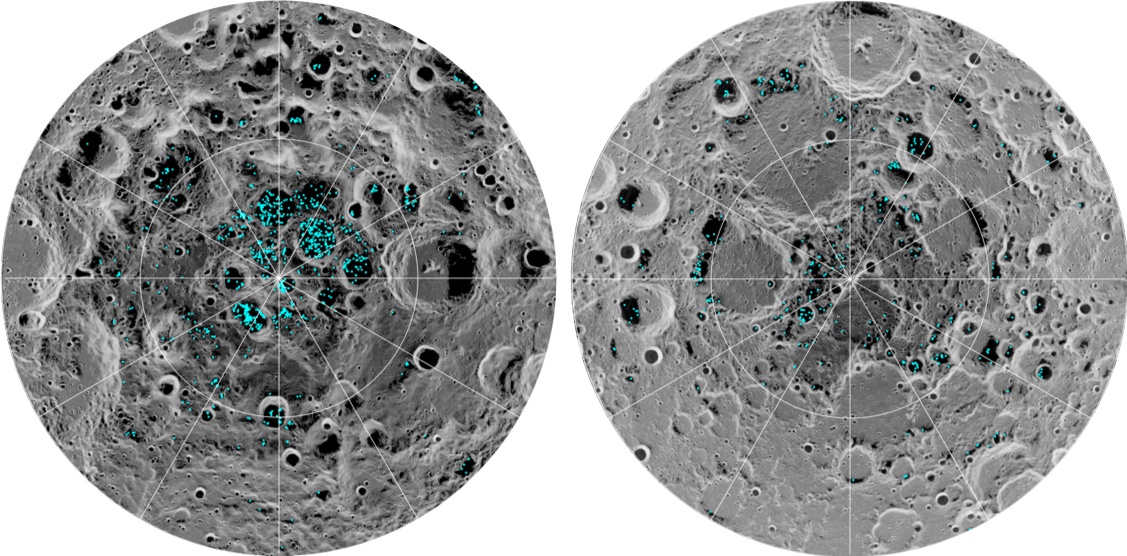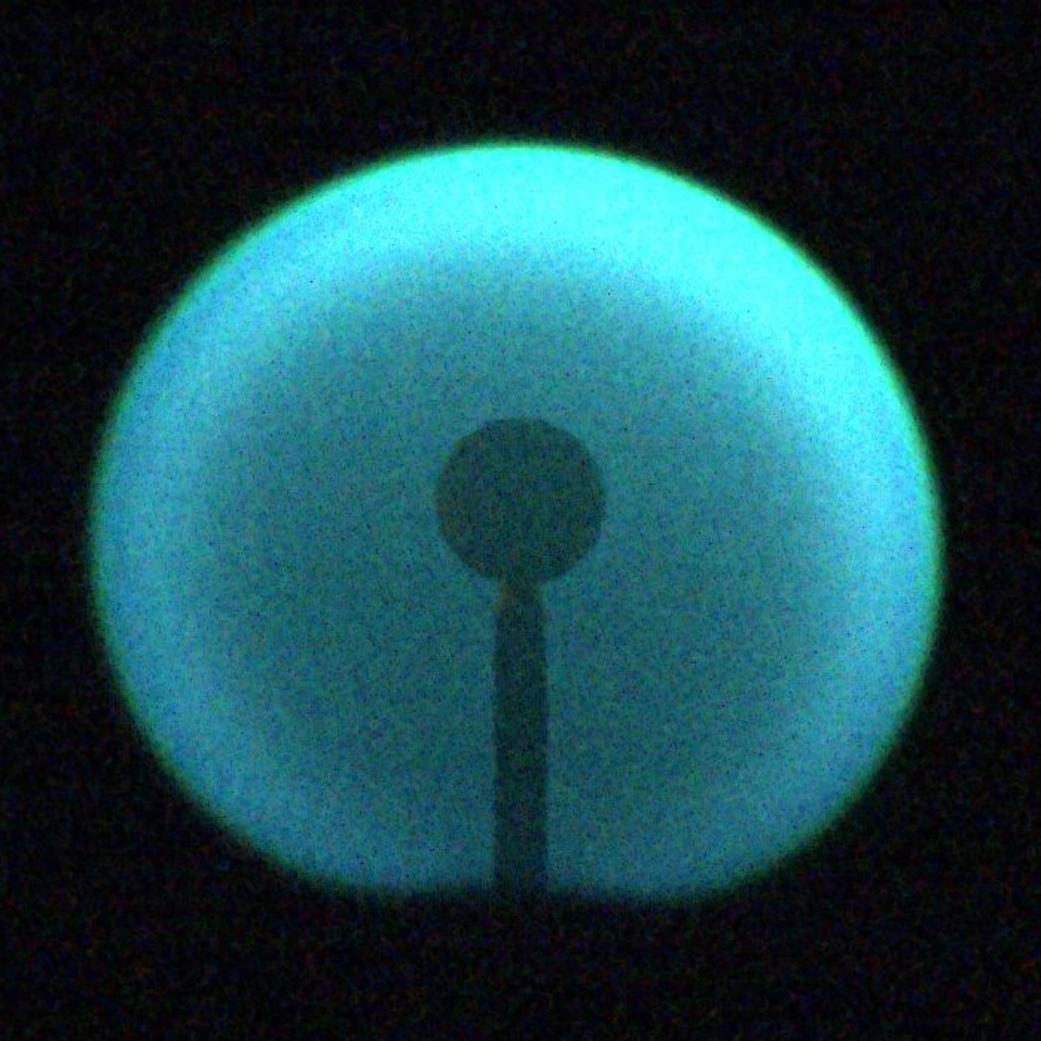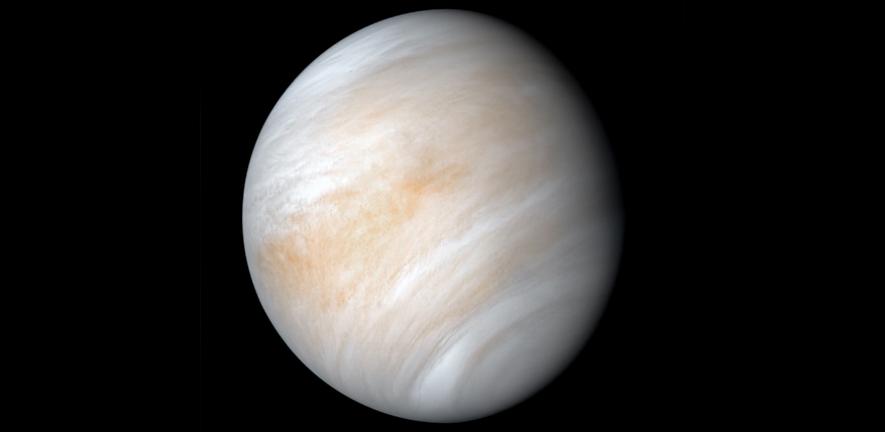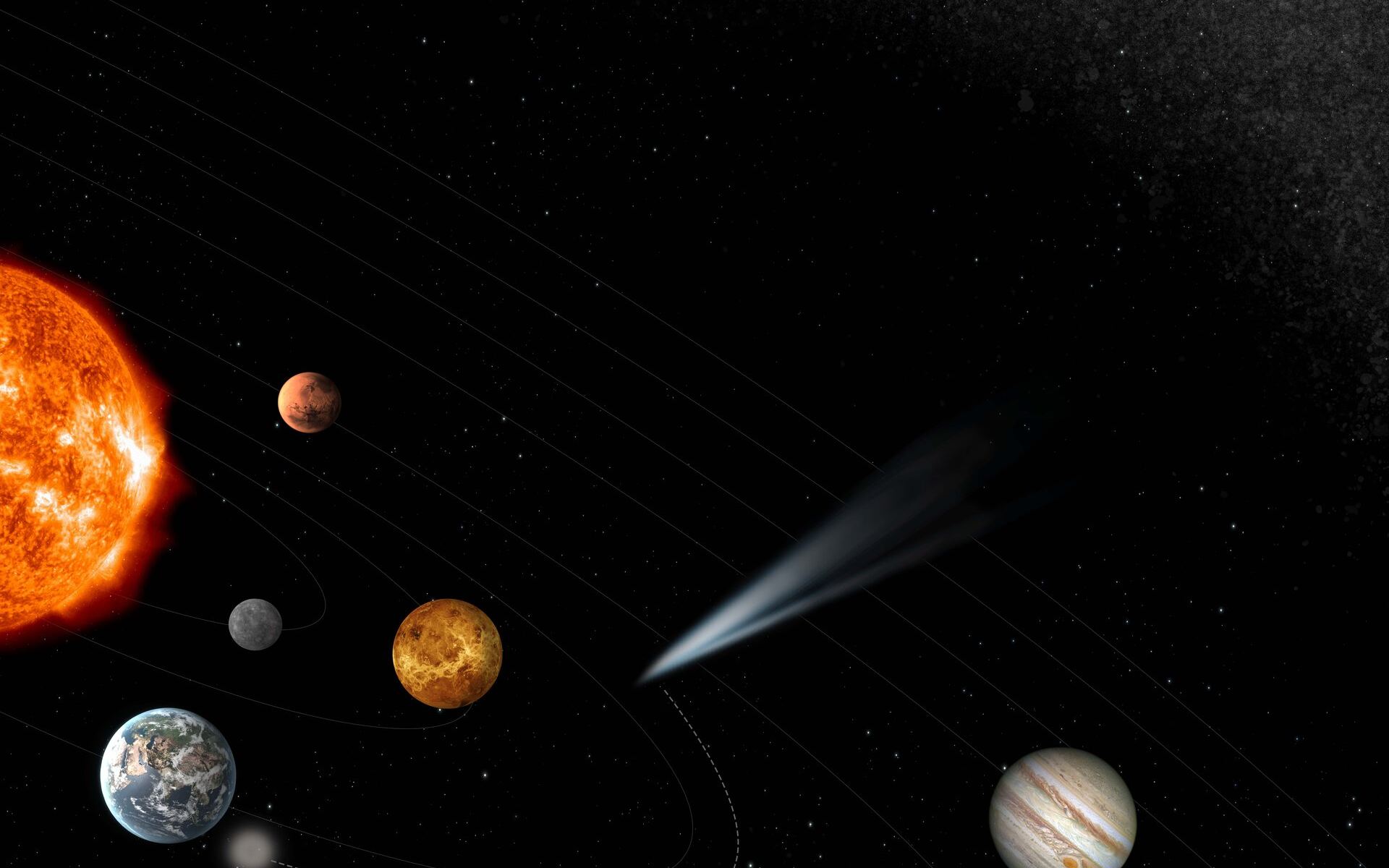After exploring Mars for more than a year, China’s Tianwen-1 space probe has successfully taken images covering the entire Red Planet, China’s National Space Administration (CNSA) announced on June 29. Tianwen-1, which translates to “quest for heavenly truth”, consists of six separate spacecraft: an orbiter, two deployable cameras, lander, remote camera, and Zhurong rover. The images in question were taken by the orbiter while circling Mars 1,344 times, capturing images of the Red Planet from every angle while Zhurong explored the surface. in the statement, CNSA said the probe has now completed all of its tasks, which included taking medium-resolution images covering the entire planet.
Continue reading “China’s Tianwen-1 has Imaged the Entire Surface of Mars, Completing its Primary Mission”Snooping on Alien Messages Passing Through the Solar System
Researchers at Penn State University have studied a new technique that could use a star’s ability to focus and magnify communications which could be passing through our own solar system, and has been accepted for publication in The Astronomical Journal and was part of a graduate course at Penn State covering the Search for Extraterrestrial Intelligence (SETI. The study describes our Sun as potentially acting as a kind of node as part of an interstellar communication network involving probes or relays near our Sun, acting like cellular telephone towers in space.
Continue reading “Snooping on Alien Messages Passing Through the Solar System”Mars Rovers Will Need to Dig Deeper If They Want to Find Evidence of Life
The search for life—even ancient life—on Mars is trickier than we thought. In a recent study published in the journal Astrobiology, researchers have determined that NASA’s Mars Perseverance (Percy) Rover will have to dig two meters (6.6 feet) beneath the Martian surface in order to find traces of ancient life. This is because the surface of Mars is constantly bombarded with extreme levels of solar radiation that scientists hypothesize would quickly degrade small molecules such as amino acids. The reason for this extreme level of radiation is due to the absence of a magnetic field, which scientists believe was stripped away billions of years ago when the planet’s liquid outer core ceased to produce the dynamo that created the field.
Continue reading “Mars Rovers Will Need to Dig Deeper If They Want to Find Evidence of Life”Despite its draining power, NASA’s InSight Mars lander is determined to squeeze as much science as it can until the very last moment
Its solar panels are caked with dust and the batteries are running out of juice, but NASA’s InSight Mars lander continues to soldier forth collecting more science about the Red Planet until its very last beep. To conserve energy, InSight was projected to shut down its seismometer—its last operational science instrument—by the end of June, hoping to survive on its remaining power until December. The seismometer has been the key instrument designed to measure marsquakes, which it has been recording since it touched down on Mars in 2018, and recently recorded a 5.0-magnitude quake, the biggest yet.
Continue reading “Despite its draining power, NASA’s InSight Mars lander is determined to squeeze as much science as it can until the very last moment”More Rocket Launches Could Damage the Ozone Layer
There are few things in this world that brings feelings of awe and wonder more than a rocket launch. Watching a literal tower of steel slowly lift off from the ground with unspeakable power reminds us of what humanity can achieve despite our flaws, disagreements, and differences, and for the briefest of moments these magnificent spectacles are capable of bringing us all together regardless of race, creed, and religion.
Continue reading “More Rocket Launches Could Damage the Ozone Layer”Charon’s Red Cap at its North Pole? We Might Have an Answer
Pluto’s largest moon, Charon, started off as a beautiful, smooth red grape until someone came along, mostly peeled it, tried to smoosh it, then just gave up and walked away, leaving the poor moon to look like the absolute travesty that it is. Okay, so maybe that’s not exactly what happened, but Charon just looks like a mess and scientists want to know why. Never mind its smooshed equator, but what’s the deal with its red cap? Where did it come from and why is it red?
Continue reading “Charon’s Red Cap at its North Pole? We Might Have an Answer”The Moon Could Have Gathered Some of its Water from the Earth’s Atmosphere
Our Moon is a fascinating world that has captivated us since time immemorial. Long before the first telescope was invented, ancient humans used the Moon as a calendar in the sky, with evidence that lunar timekeeping was around as early as 25,000, 30,000, and even 35,000 years before the present. Long before humanity had written language, lived in organized cities, and worshipped structured religions, the Moon was one of humanity’s first timepieces. It wasn’t until the telescope was invented that our Moon became an object of scientific curiosity, with the sketches by Galileo Galilei giving us a new perspective on our nearest celestial neighbor. As science advanced, so did our understanding of the Moon. While the Apollo missions were successful in teaching us about the geology of the Moon, it wasn’t until 2009 when the LCROSS impact probe onboard the Lunar Reconnaissance Orbiter deliberately crashed into a dark crater on the Moon’s south pole and detected 155 kilograms of water as it flew through the ejecta plume before ultimately crashing into the lunar surface.
Continue reading “The Moon Could Have Gathered Some of its Water from the Earth’s Atmosphere”Fire Acts Strangely in Microgravity. Astronauts Have Lit More Than 1,500 Fires on the Space Station to Figure Out Why
Ever since childhood, we were all told to never play with fire. Despite it being relevant to our everyday lives, to include heating our homes and water, cooking our food, producing electricity, and more, fire is extremely dangerous. We were all indoctrinated more with how to put out fires instead of how to start one. We’ve all been told about its destructive properties if mishandled, and that fire needs to be controlled. One of the perks of adulthood, and especially being a scientist, is you get paid to play with fire. Despite fire’s complexities, there’s still a lot we don’t know about its behavior. With more and more of humanity traveling to space and living in microgravity, it’s important to learn about how fire behaves in this unique environment to better prepare ourselves for worst case scenarios. But what if we could also control fire so it’s not as dangerous and less destructive to the environment back here on Earth?
Continue reading “Fire Acts Strangely in Microgravity. Astronauts Have Lit More Than 1,500 Fires on the Space Station to Figure Out Why”High Altitude Life Can’t Explain the Trace Gases in Venus’ Atmosphere
The planet Venus is one of the most inexplainable and mysterious planetary objects in our solar system as its surface is beyond inhospitable for us fragile humans with temperatures at a searing 475 degrees Celsius (900 degrees Fahrenheit) and surface pressures more than 90 times that of Earth. However, its atmosphere is quite a different story as its temperature varies considerably ranging from -143 degrees Celsius (-226 degrees Fahrenheit) at night to 37 degrees Celsius (98 degrees Fahrenheit) in the daytime, and varies based on altitude, as well.
Continue reading “High Altitude Life Can’t Explain the Trace Gases in Venus’ Atmosphere”ESA Gives Green Light on its Comet Interceptor Mission
Comets, with their long, beautiful, bright tails of ice, are some of the most spectacular sightings in the night sky. This was most apparent when Comet NEOWISE passed by Earth in the summer of 2020, dazzling viewers from all over the planet while being mainly visible in the northern hemisphere. Even though the sky might look the same night after night, comets are a humble reminder that the universe is a very active and beautiful place.
Continue reading “ESA Gives Green Light on its Comet Interceptor Mission”
